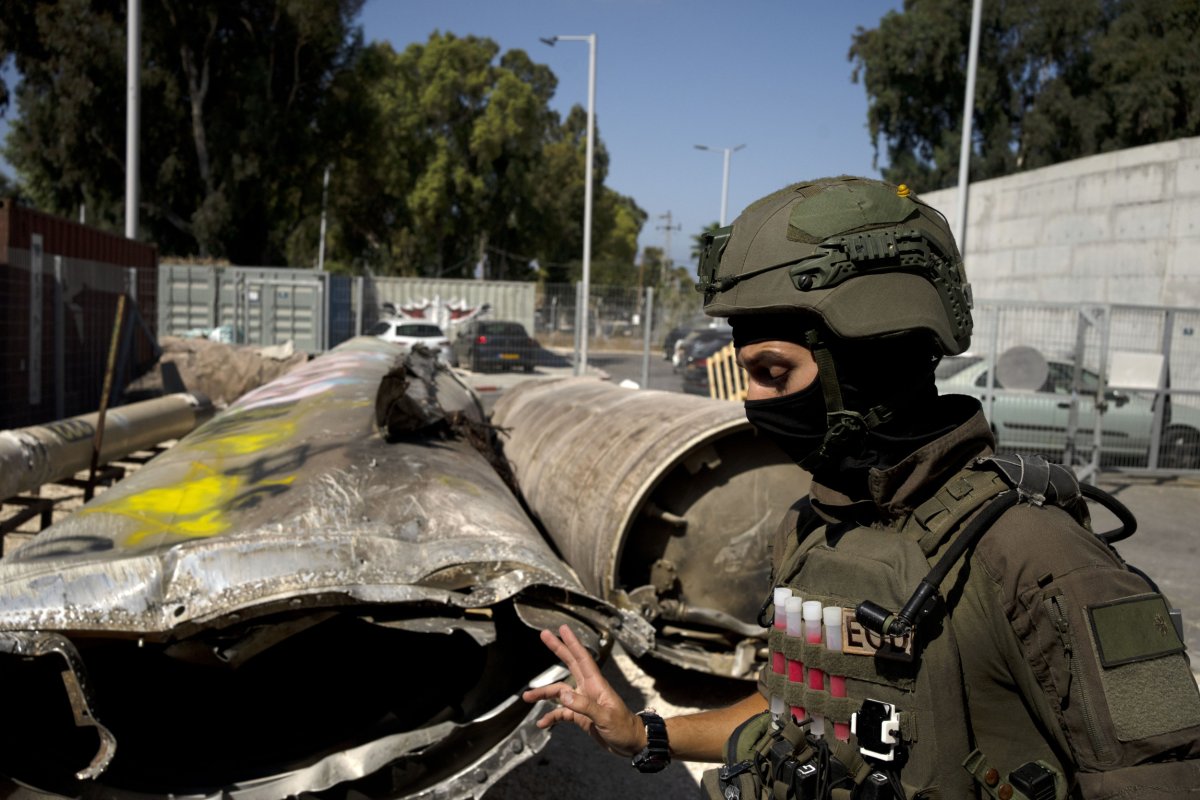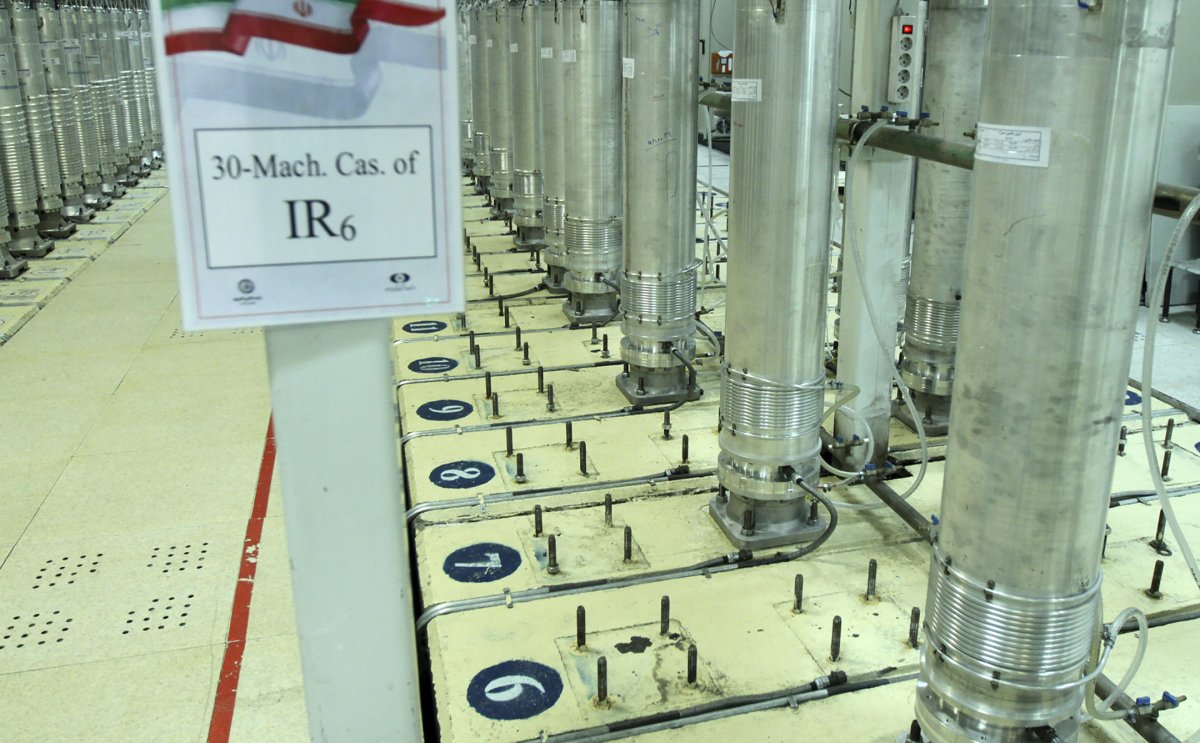Iran‘s military has been conducting extensive exercises to show its readiness as well as new equipment, such the Russian-made Yak-130 fighter jet. The exercises are being conducted as tensions increase, and Iran anticipates possible military action from Israel and the United States.
Military exercises: their importance
Reports from sources like the *Washington Post* suggest U.S. intelligence assesses a heightened probability of a preemptive Israeli strike on Iran’s nuclear facilities in the near future. Although the United States has placed a high priority on diplomatic solutions, its continued military presence indicates a willingness to escalate if needed.

Details of the ‘Zolfaqar 1403′ Drills
The Yak-130 jet trainer was showcased by the Iranian forces during the drills “Zolfaqar 1403”, showcasing its combat efficiency and agility. Alireza Sheikh, the spokesperson for the Iranian drills, praised the Yak-130’s impressive performance in the exercise. The Iranian Ground Forces demonstrated air defence capabilities as well as naval power in these large-scale exercises.
U.S. Air Power Display at the Middle East
The U.S. Air Force also conducted strategic bomber deploys with B-52 Stratofortress Bombers flying over the Middle East. The missions originated from Royal Air Force Fairford, UK and involved flying over several U.S. allies while being escorted with fighter jets. The U.S. Central Command confirmed these operations.CENTCOM) statement.
The Chief of Staff for the Iranian Armed Forces Major General Mohammad Bagheri issued a strong warning. He stated that, “our forces are ready to go at all times.” The security of Zionists and all those involved in the equipment and planning of its operations will be in danger if the enemy makes a mistake.

Analysis of regional Deterrence Capabilities and Regional Military Capabilities
Recent events such as reported Israeli airstrikes after Iranian missile launches highlight the unstable security landscape. Although these attacks caused only limited damage immediately, analysts noted possible vulnerabilities in Iran’s militaries, which point towards a shift of power.
According to Trita Parsi, “With Iran’s weakened deterrence… Israel is today far more willing to strike Iran on its own with US support but without direct US involvement,” suggesting a more assertive stance from Israel backed by tacit U.S. support.
Iran’s Nuclear Program: Perspectives and Regional Tensions
Israel has made arguments to the effect that it can boost American influence, particularly with its logistical support.
Iran insists its nuclear program only has peaceful uses, and that key installations such as Natanz Enrichment Plant and Fordow Fuel Enrichment Plant are part of this.

Leadership Statements
Major General Mohammad Bagheri, Chief of Staff for the Iranian Armed Forces: The readiness of our armed forces is at its peak.
Future Outlook
Iran is scheduled to carry out its military drills, but the entire region is on high alert, as new U.S. restrictions are being imposed against Iran’s oil industry, and there’s a looming danger of Israeli attacks. Tehran has pledged to react decisively against any aggression. This underscores the risky environment, and potential for further escalation. The key to maintaining regional stability is diplomatic engagement, and efforts at de-escalation in order to ease tensions and stop conflict.


